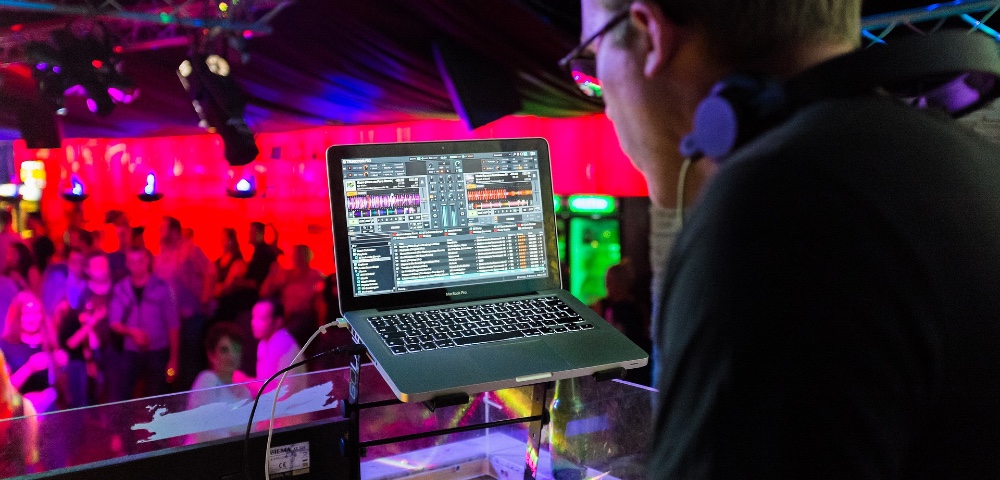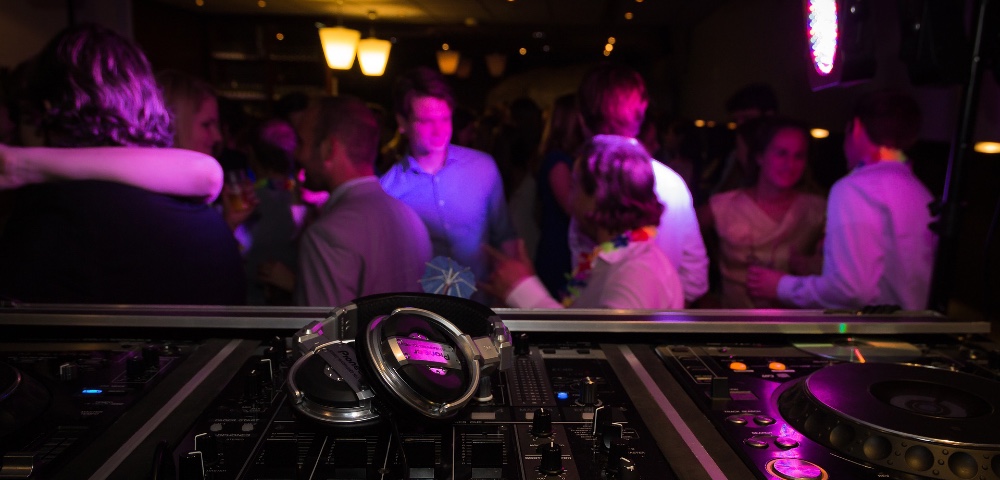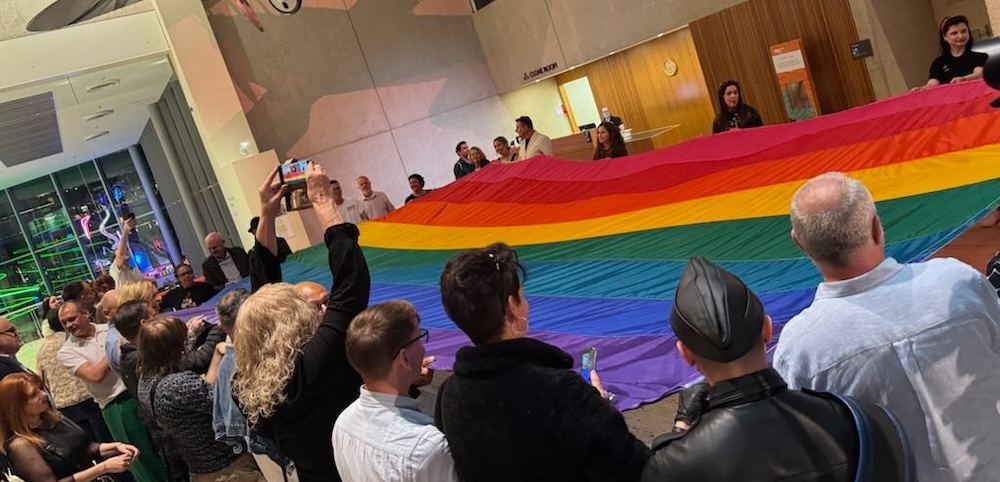

It’s time we talked about a phenomenon we’ve been witnessing for years – the vulturous behaviours of straight men in gay bars.
We’ve all seen them lingering on the edges of the dancefloor, obsessively watching women dance; sometimes they’re in packs, sometimes on their own. We’ve noticed them scouting for the most intoxicated straight woman in the room, strategically manoeuvring themselves towards her before making contact.
Straight women come to our bars to have a night out with their gay mates. Many are seeking a safe space to party away from the aggressive and persistent harassment of straight men. Gay bars offer them a kind of sanctuary without straight men doggedly pursuing them. But for a while now, straight men have caught onto this and they’ve followed straight women into our venues, creating a predatory dynamic for these women in our spaces.
We can no longer let this behaviour fly. It’s on us as a community of gay guys to find ways to actively intervene and it’s on venues to implement more assertive and proactive policies to create and maintain safety for all of us within their walls.
Time To Step In
What stops us from stepping in and saying something when we blatantly see this behaviour? Most of the time, we’re assessing our own safety. We know all too well the brutal reality of straight male aggression and entitlement.
Putting ourselves in a position where we risk becoming a direct target is, understandably, not our preferred scenario. But our immobility in these instances leaves the gate open for our complicity. There are actually alternative responses available to us when a direct call out or intervention is unrealistic.
One option is to speak with security or a staff member about our concerns, asking them to check in on the problematic behaviour we’ve observed. This puts some of the responsibility back on the venue staff who have more authority to take assertive action.
Another way to respond is to tell our mates and collectively decide how we can all intervene as a group to make the situation safer. Can the group use their physical presence to deter the guy? Can we make eye contact with him or with his mates to let them know we’ve clocked what’s going on? Or can we as a group actually have a word with them?
If she’s there with her own group of friends, it does no harm to touch base with them. If they’re aware of it, they’d just reassure us that they’re handling it. If they aren’t aware, they’d no doubt appreciate the head’s up. Either way, it should be said that they are not in any way responsible for the behaviour of predatory men but we can work together with safety in mind.
Safety Is Everyone’s Business

None of these suggestions are prescriptive in any sense. Every situation requires us to make a judgement of how to, or not to, respond. Doing nothing as a bystander though, greenlights these dangerous behaviours to continue without accountability.
We don’t need to ‘save’ or ‘protect’ women at gay bars. Neither do we need to micromanage people’s behaviour. What is needed is a bar and club culture where people’s safety is everyone’s business and that we normalise looking out for each other’s well-being, especially in the face of an epidemic of men’s violence.
A venue’s safety policy can’t just be written and stored away. They need to be implemented, followed and reviewed as a proactive measure in preventing sexual assault and harassment. Venues can send a clear message to patrons by publicly asserting and displaying their safety policy throughout their venue and on social media.
They can set a strong tone for the kinds of behaviour they won’t tolerate as well as making patrons aware of the supports in place were they to experience violence or harassment in their establishment.
Specialised sexual assault bystander training for bouncers and bar staff ensures they are skilled up to have firm conversations with patrons around expectations of behaviour and conduct, especially with straight men entering a gay venue. Importantly, having trained staff also increases the likelihood of a venue providing appropriate and supportive responses to victim-survivors.
Predatory Behaviour Is Deliberate & Calculated
The infrastructure of a venue can also support safety for patrons. Bathrooms with emergency buttons can alert staff of a patron who needs assistance.
Security and staff visibly and proactively moving around the perimeter of all the spaces of a venue (instead of standing at one location the whole night) watching out for unwanted behaviour also contributes to a safe party environment.
The predatory behaviour of straight men at gay bars are deliberate and calculated. They know what they’re doing as they zone in on the woman they perceive to be the most vulnerable and most ‘easy’ in the club. It’s time these men are held to account for their behaviours.
Taking a more intentionally active stance against predatory straight male behaviour in our spaces is uncomfortable and at times risky work. It’s tempting to dismiss it as too hard and too awkward, absolving ourselves of any responsibility.
But now more than ever, when women are publicly telling us about their experiences of male violence, we need to be showing our solidarity. We can do this through our actions. We can do this in the party spaces we have created for our own safety by extending this right to unequivocal safety to the women who come to these spaces too.
And we can also use this as an opportunity to take pause and reflect on our own relationship with consent and sexual aggressiveness when we party as gay men.
We can open up a dialogue with our mates, lovers and partners about unsafe behaviours as well as behaviours that support us all to feel safe and respected as we flirt, dance and party through the night.










Brilliant article with a range of solid actions we can all take to ensure safer spaces for everyone.
It is called Lesbian Bars ladies, no unwanted male attention guaranteed